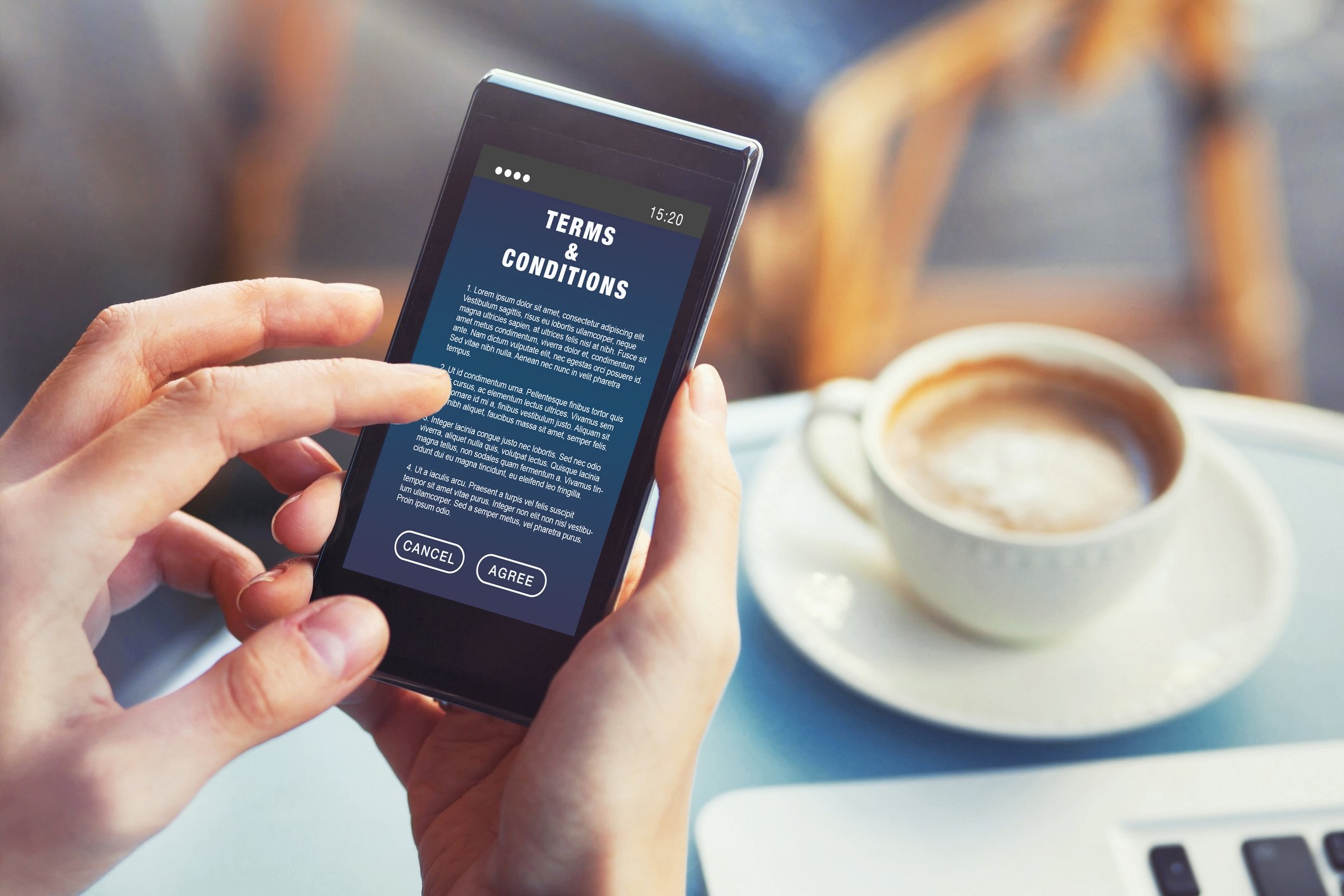Why you need to use gamification to increase e-learning engagement
Raise Your Game - How to increase e-learning engagement and enablement through gamification
By Dr. David Cox
The loyalty-marketing sector has been a wonderful test market for designing, deploying and measuring the effects of digital games. The closed nature of the audience and our access to detailed analytics allows us to precisely manage the effectiveness of the use of games in our programmes.
Gamification is the use of game-play mechanics for non-game applications and there are many case studies illustrating the increased motivation when game elements are incorporated into work activities.
An area that has received special attention in recent years is the application of games to e-learning. Whilst there are many benefits to e-learning such as economies of scale, speed to market, wide geographical deployment footprint, consistency and lower deployment cost compared to face-to-face learning, there are pedagogical limitations in that e-learning cannot transmit emotion, or engage the student in a social environment as occurs in a class room between teacher and student. An effective e-learning system must compensate for this lack of feeling or emotional interaction and try to stimulate learners by other means.
The team at Motivforce have been designing and deploying gamification mechanics to e-learning over the past eight years in multiple geographies. Some of the gamification mechanics include hand and eye coordination challenges interspersed between learning content (soccer penalty shoot outs, pick and win, ping pong, cricket, selecting avatars and treasure hunts), the inclusion of online blogs and feedback, competitive leaderboards, “Who Dun It” video integrations and “Who Wants to be a Millionaire” game show style themes.
Research indicates that interspersing gamification mechanics between educational content helps to refresh the participant’s learning pathways, as different parts of the brain undertake the learning process whilst other parts of the brain are used for gaming interaction. The results have been impressive with gamification modules delivering:
Higher completion rates,
High pass rates on the first attempt (up to 32%)
Increased applied learning (in our case comparing the product featured in the course to sales efficacy)
Economic reality, particularly for companies that deploy large numbers of e-learning modules, suggest that not all modules can be gamified as deployment takes longer and the technical cost can increase (further accelerated when translations are required). However the results indicate that critical compliance-based and hero product e-learning modules should be considered for gamification to ensure maximum coverage and return on investment.












Transform B2B loyalty with tiny habits. Discover the "Atomic Loyalty" approach for lasting relationships.